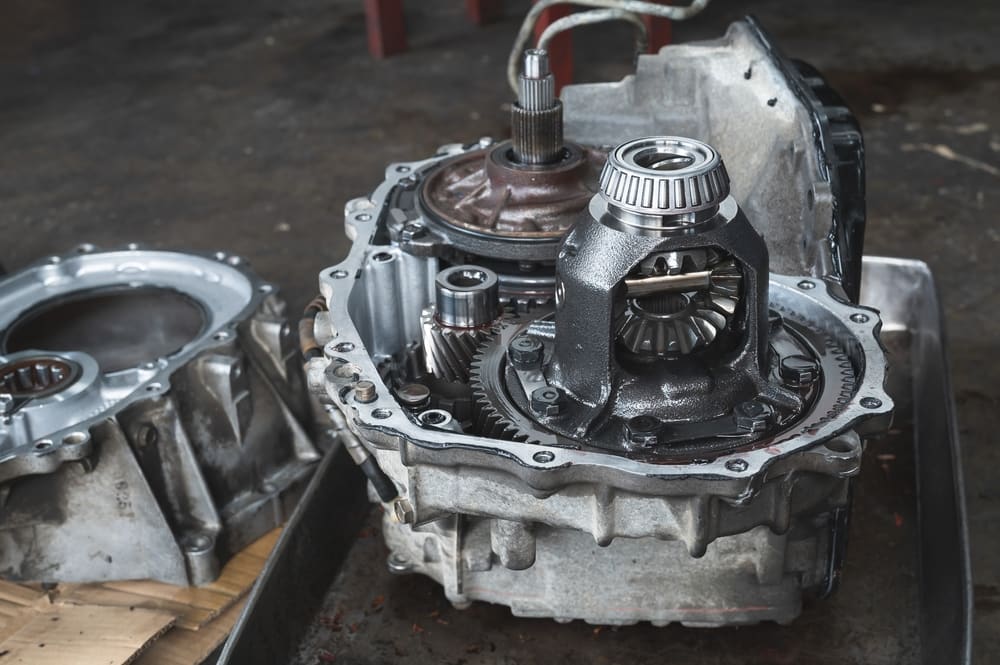Automatic transmission slipping is a common issue that can compromise your vehicle’s performance and safety. Recognizing the signs early and understanding the underlying causes can help you repair it before it becomes a more serious and costly problem.
Let’s look at what transmission slipping is and what you can do about it.
What Is Transmission Slipping?
Transmission slipping occurs when the engine revs without the vehicle speeding up accordingly, or when the transmission hesitates or fails to engage properly. This can show up as delayed acceleration, erratic shifting, or unusual noises while driving.
Common Causes of Transmission Slipping Issues
Low or Contaminated Transmission Fluid
Transmission fluid is essential for keeping your vehicle’s internal components lubricated, cooling the system, and ensuring smooth gear changes.
Low fluid levels or contaminated fluid can lead to overheating and poor hydraulic pressure, which can cause your automatic transmission to slip gears. It’s essential that you regularly check and replace the fluid as per the manufacturer’s recommendations to prevent this issue.
Worn or Damaged Clutch Plates
Clutch plates engage and disengage gears in an automatic transmission. Over time, these plates can wear out or become damaged, leading to automatic transmission slipping issues and inefficient power transfer. Symptoms include delayed engagement and rough shifting.
Faulty Transmission Bands
Transmission bands help hold gears in place. If they become worn out or misaligned, the transmission may slip and struggle to engage properly. Signs of faulty bands include slipping in one or more gears and increased engine RPMs without a corresponding speed increase.
Malfunctioning Solenoids
Transmission solenoids regulate fluid flow inside the transmission, controlling gear shifts. A malfunctioning solenoid can disrupt fluid flow, leading to automatic transmission slipping issues and erratic shifting. If other components are in good condition, replacing the faulty solenoid can fix it.
Overheating
Excessive heat can deteriorate transmission components and fluid, leading to slipping. Overheating can result from prolonged heavy hauling, hot weather driving, or insufficient cooling.
Solutions and Preventive Measures
If you’re experiencing automatic transmission slipping issues, it’s essential to catch and address them early:
- Regular Maintenance: Schedule regular transmission fluid checks and changes as recommended by your vehicle’s manual.
- Address Repairs Quickly: Address any signs of slipping promptly to prevent further damage.
- Professional Inspection: See your transmission technician for a thorough diagnosis and repair.
Why Choose Dot Transmissions?
Don’t delay when it comes to automatic transmission slipping issues. Seek professional repairs as soon as possible to prevent more serious damage.
At Dot Transmissions, we specialize in diagnosing and repairing transmission issues. Our experienced technicians use state-of-the-art equipment to ensure your vehicle’s transmission operates smoothly. Trust us to provide reliable and efficient solutions for all your transmission needs. Contact Dot Transmissions to book an appointment.






